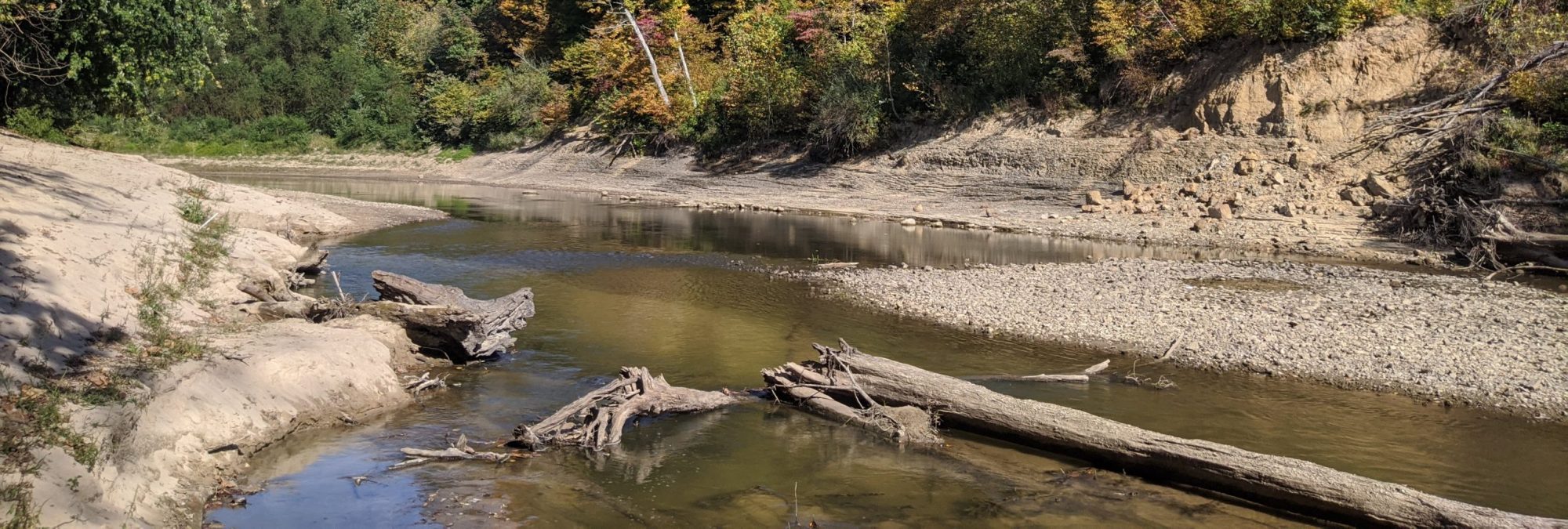Illinois aquatic systems are economically vital, provide extensive ecosystem functions and services, and support high biodiversity including over 200 species of fish, 80 species of freshwater mussels, hundreds of aquatic insect species, including many Species of Greatest Conservation Need (SGCN). Unfortunately, a multitude of anthropogenic factors and stressors have impaired these aquatic systems and degraded their economic and ecological values. The Illinois Department of Natural Resources and state partners developed the Biological Stream Characterization (BSC) and Biologically Significant Streams (BSS) to characterize biological conditions and assemblages in Illinois’ running waters. However, both the BSC and BSS stand to benefit from updates incorporating new data and analytical approaches. Such work is imperative to ensuring Illinois aquatic systems and the services they render are restored from impaired conditions and conserved using well-informed management plans.

This project will update the BSC and BSS by developing biological references based on species distribution models for fishes, freshwater mussels, and EPT (Ephemeroptera [mayflies], Plecoptera [stoneflies], and Trichoptera [caddisflies]) in wadeable streams statewide. Species of greatest conservation need and Watch List species will be prioritized in these efforts. The degree of correspondence between observed conditions or biodiversity and reference biological expectations will be used to independently grade streams for each of these taxonomic groups, as well as all groups collectively. Updated BSC grades will focus on the correspondence between expected and observed fish, mussel, and aquatic insect assemblages whereas BSS reaches will be identified as those stream reaches with observed conditions having more diverse assemblages relative to expected conditions.

